Wilderness Survival: Effective Skills to Shape Your Attitude
When it comes to wilderness survival, there is no easy key you can get after reading a few lines. Instead, constant preparedness, continuous learning and research, doubled with permanent practice are the ingredients that will lead to your successful survival.
[the_ad_group id=”21″]
That’s why this article aims to offer you the main points about the things you should know in the wild, like how to build a shelter, a fire, how to find water and food, how to cross rivers and how to control your emotions. But this is just the start, since it’s up to you to build a true survivor attitude.
Finding A Nice Dwelling Place
When it comes to surviving in the wild, one of the main issues that arise is having where to get some shuteye. Rest is very important, especially in the wild, but we’re sure you already know that. If you’re really tired, you’re putting stress on both your mind and body. As such, you may not function at optimal levels, lose your reflexes, think slower, be more emotional and in the end become a liability to yourself.
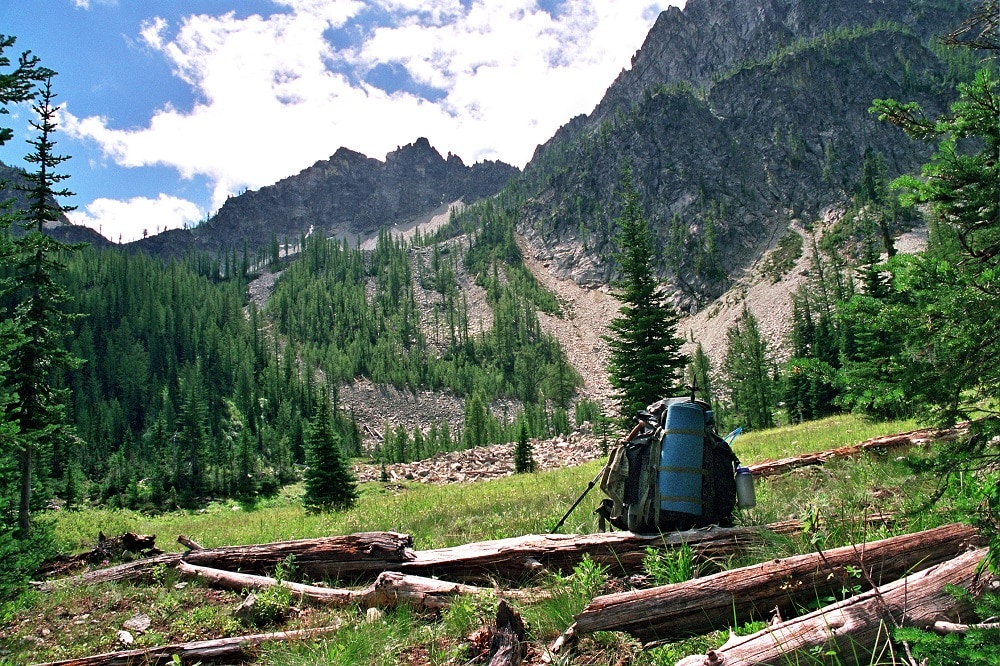
So, in order to build a shelter that will give you the necessary protection for you to get a good night’s sleep you’ll first need to find a proper place. There are a number of characteristics that turn a campsite into a dream come true for survivalists everywhere, but there are only 2 basic conditions that have to be met:
When it comes to these conditions, don’t think it’s mandatory for you to find the tallest tree in the forest and build your shelter on the most isolated branch. Although that wouldn’t be a bad idea either.
But the main point is to try and camp on a hill or some other elevated piece of terrain that can keep you safe from different water floods, especially if it rains. If you place your shelter in a valley, that will make all the water invade your campsite extremely fast, destroying your shelter and your things.
To further ensure you remain safe and dry during the night, insulate your shelter with leaves and dry wood. You can also choose to spend the night near a rocky formation, because that will prevent the wind and the rain to get inside your shelter, but pay attention to rocks that may be falling down. You can even enter a cave, if you’re sure there are no wild animals lurking inside.
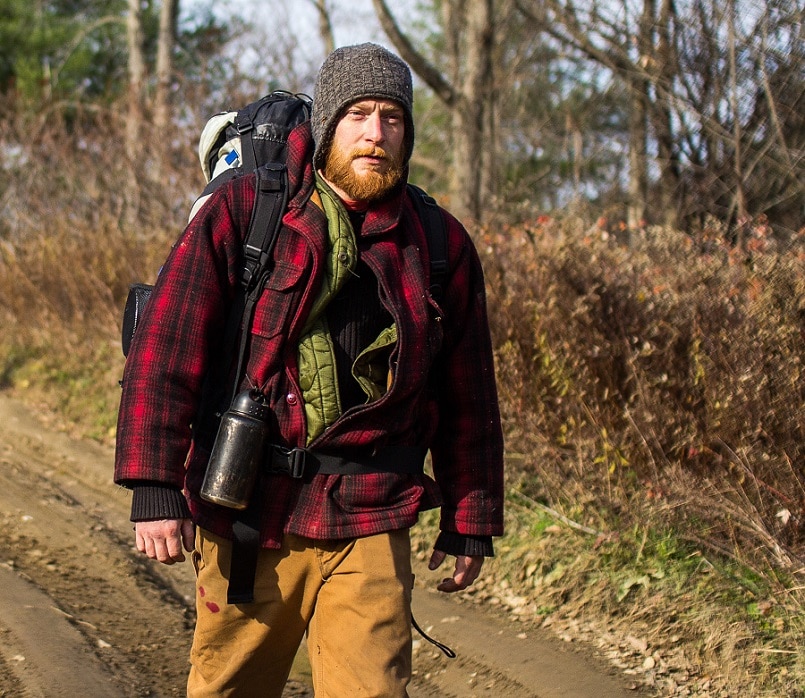
Speaking of wild animals, make sure there aren’t any insects or spiders near your campsite, as some of them are infectious. Also, it’s best to find a place that has plenty of fire wood – you’ll need that to build your campfire or a signal fire. If there’s fresh water nearby too, then you’ve certainly picked a winner.
For guidelines on how to build a survival shelter, checkout our must-read article on this.
And remember that winter and summer are two opposite seasons, even when it comes to picking a good camping site, because you’ll look for different things during these seasons. For instance, insects are more of a nuisance during summer, while finding enough firewood is more of a priority during winter.
Making Your Nest
Do you know the main cause why people can’t survive in cold weather? Hypothermia. Getting your body temperature drop below the optimal levels may ultimately be your doom, which is why you need to keep yourself warm. Sure, you can hold on for a night all tucked in your warm clothes, but if you happen to fall asleep, hypothermia will install faster.
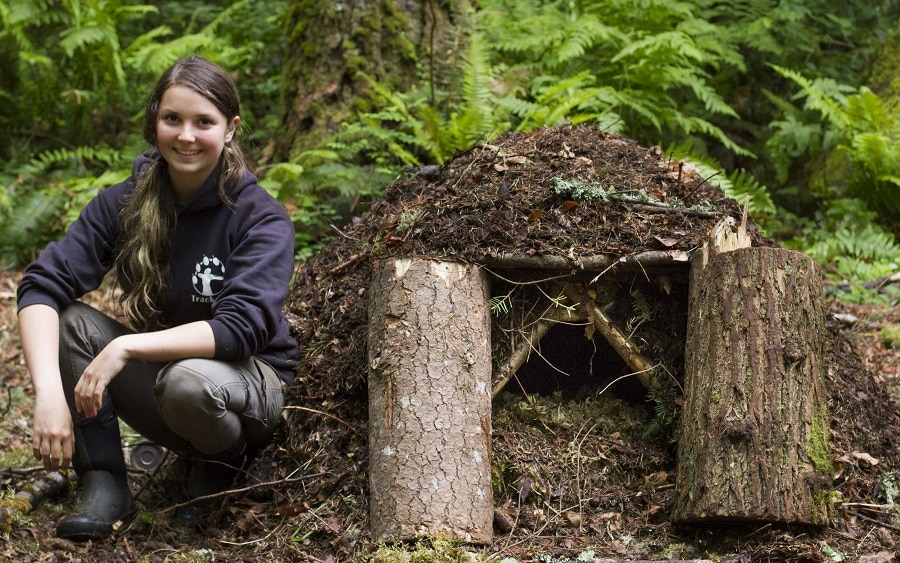
So how do you keep safe from that? An easy DIY shelter that increases your survival chances can be made by following the instructions below:
- Find a big fallen branch.
- Support this branch on a sturdy tree, making sure it won’t fall down.
- Find smaller branches and place them perpendicularly on the bigger branch, very close to each other.
- Find dry leaves and even moss, which works great, and make the roof of your shelter.
- Take some of these leaves, as many as you can find, and scatter them inside your shelter, to make sure you have a few inches of distance from the ground. That will keep you warm and dry.
But apart from this, a good shelter has to meet a few conditions in order to fully protect you during your outdoor adventure:
- Must be made from insulating material, being sturdy enough against wind and rain.
- It should be comfortable, not too big but not too small either.
- It shouldn’t be too out in the open, especially if you’re trying to remain hidden from indiscrete human glances.
- It should be easy to get out from it in case something happens, like an animal attack or if the roof collapses.
- You should be protected from insects, animals, storms, etc.
Building A Fire
Another skill you have to master in the wild is knowing how to start a fire. Now, there are many ways to do that, but we’ll only review a couple of them, which you can successfully use if you don’t have waterproof matches or a lighter on you. Which you should have, but let’s assume a nicotine addicted ferret snuck in your tent and stole them all to light his cigarettes. Or maybe it was Smokey Bear.
Anyway, building a fire can be done with tinder.
For this, you’ll need some sort of dry material that catches fire easily. It also has to be particularly fibrous, because it can be lighted faster. If you can cover the tinder with some sort of combustive aid, all the better. As such, the tinder you’ll most likely have is very small dry sticks mixed with dry grass, and maybe even a cotton ball or two.
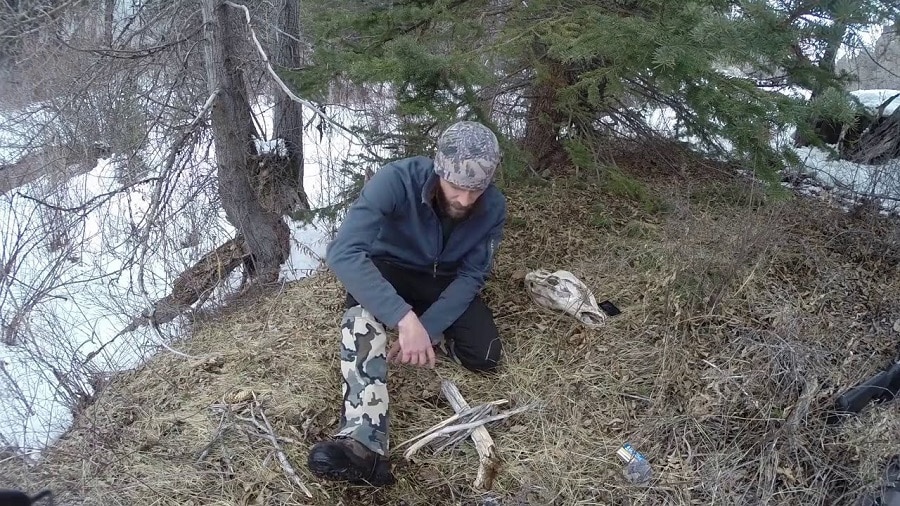
Next up you should find some small sticks, with various lengths of let’s say 1.5 inches, 3 inches and 5 inches give or take. This will be your kindling.
At this point you have a couple of options, if you still haven’t found any matches. Firstly you can use a magnifying glass like your eyeglasses, a simple piece of glass or even clear plastic from a bottle to focus the sunlight on your tinder until it catches fire. Secondly, you can choose two dry larger sticks, secure them together with a string and rub them until smoke and sparks start to form.
A battery is incredibly useful if you can’t start your fire by using the sunrays or don’t have enough patience to rub two sticks together. You’ll basically need to produce a flame by creating a short circuit inside the battery.
[the_ad_group id=”22″]
That can be achieved if you find a good electric conductor in order to unite the positive and negative ends. This role can be filled by anything wiry and metallic, like a copper wire or an aluminum foil from your gum. Once you’ve managed to short circuit the battery, the spark can be placed on the tinder.
After you’ve done that, gently blow on the tinder in order to increase the strength of your flame, and then place the burning tinder on the kindling you’ve previously prepared. If it’s windy outside, it’s a good idea to use a big rock or a log as a shield against the wind. When it’s really burning, add bigger branches, logs and so forth, as long as they’re dry.
Quenching Your Thirst
Once you’ve managed to build a shelter and a fire to avoid hypothermia, another key to surviving in the wild is not dying of thirst. Which means you’ll need to find some fresh water sources nearby and ensure you drink plenty of it to stay hydrated. Remember to stay away from unsafe water sources such as puddles.
These have mud and dust inside, or maybe even a wild animal has peed in it. If it’s been on the ground for too long, you never know. For this reason, it has been believed that good water sources should come from a flow of water that always streams.
This way, you can be sure that the water is constantly being purified. But today we know that even water that comes from rivers may be infected with all sorts of dangerous bacteria, because you never know which animals have been inside it upstream.
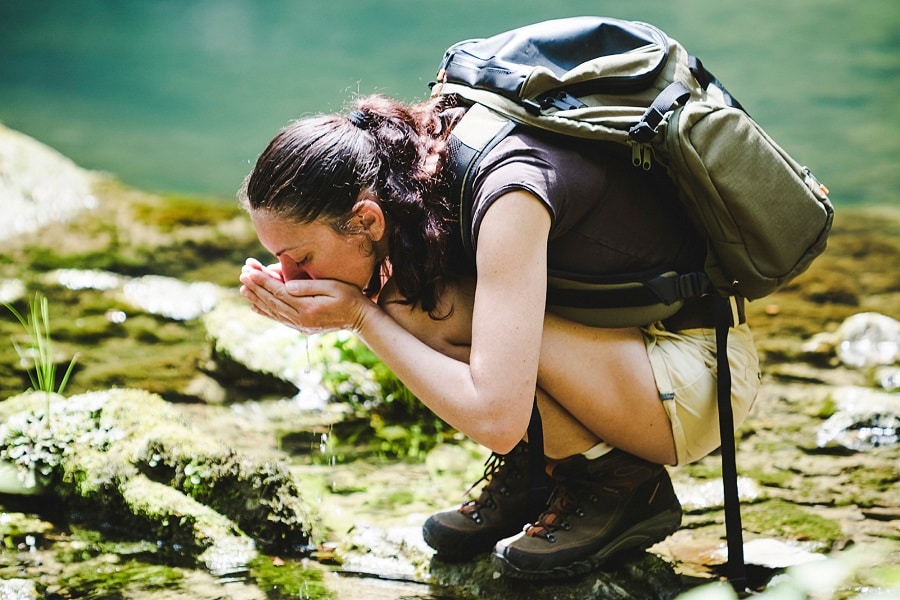
As such, if you’re not sure of the safety of your water source it’s always a good idea to boil it, assuming you don’t have water purifying tablets along, which would be ideal.
Good (or let’s say better) water sources are:
Collecting rainwater and snow in a bowl of some kind is pretty easy so we don’t need to explain that. Collecting dew on the other hand may prove a bit more complicated, mostly because people don’t actually believe they can get enough water from some meager dew drops.
But you’ll be as baffled as we were to find out that you can even get a gallon of water in less than an hour by using dew. If you have a few bandannas or clean shirts with you, spread them around on the grass and squeeze them periodically in a bowl or a mug.
Other ways to get clean water are from plants, like:
- Cacti
- Vines
- Maple trees.
Cut or pierce them with a sharp object, and you’ll soon get hold of life’s elixir inside.
If you still can’t get water like this, you should make your own by using a plastic bag by using a phenomenon called condensation. Plants can make your plastic bag perspire and thus produce water if you tie it around a branch with a lot of green leaves.
You can even make a hole in the ground, at a depth that ensures moisture, place as many green leaves and plants as you can find in there, add a mug and cover the whole thing up with a plastic bag. That will make the leaves “sweat” the water inside your mug, and you’ll be able to quench your thirst for the day.
Getting Your Food
Another basic of survival is having enough food, which you can either get from hunting various animals or from your local vegetation.
Plants
There are two kinds of people in the world: the ones who know all about their plants and the ones who know nothing about plants. If you’re from the first category, kudos to you, you can skip this section. But if you’re from the second category, then finding edible plants is going to prove quite a challenge.
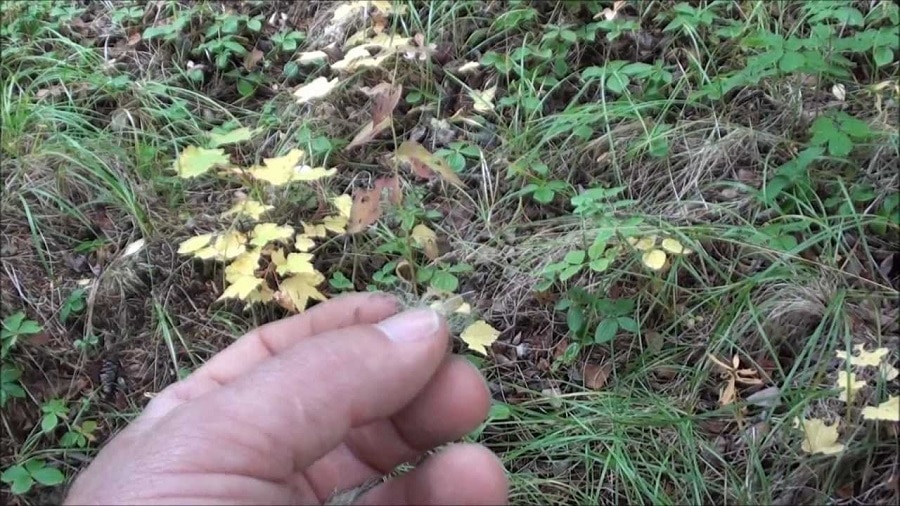
The best thing you can do here is trying to research and learn everything about the local vegetation before you embark on your wilderness quest. But for the fun of it, let’s say you’ve ended up in the middle of nowhere by accident and you have no prior knowledge about the plants that make good food in that area. The advice we can give you is this:
- If you recognize a plant as edible beyond any doubt because you’ve eaten it before, do it.
- If you see an animal eating a certain plant, it’s probably safe for you too.
- Stay away from mushrooms of any kind unless you’re 100% sure it’s a good mushroom.
- Boiling poisonous plants works in a lot of cases, but not all of them.
- Vividly colored plants are best to be avoided – bright colors signal danger for herbivores.
Animals
If you’re not a trained hunter of bigger sized animals, in the wild it’s best to stick with insects, critters and fish. A makeshift trap or slingshot will do wonders when it comes to catching a rabbit, and an improvised fishing rod can easily be manufactured with materials you can find lying around you.

But insects and worms are the unrecognized richness of surviving in the wild because:
- They’re easy to find and catch.
- They’re full of protein.
Nonetheless, you should definitely stay away from:
- Stinging insects.
- Hairy insects.
- Insects that are colored brightly.
- Spiders
- Caterpillars
- Insects that have an obvious smell.
You can still eat:
The only things to remember is that you should remove the wings and legs of bugs and grasshoppers, and it’s also a good idea to cook them if they’re big enough. However, eating them raw works too.
See also: Edible Snails: How to Find, Prepare and Eat Them
If you’re wondering where you can find these delicious, protein filled meals on wheels, try:
- Rotting logs.
- Insect nests.
- Below the ground.
- Fields
- Moist areas covered by stones or debris.
And if you’re worried about how they might taste, rest assured that most insects have no pungent taste, maybe a bit sweet if they’ve eaten some honey before meeting their doom in your mouth. If you’re looking to make them still more palatable, consider an insect salad made from grubs, termites and dandelions.
Walking Around
Trying to avoid getting killed while roaming through the wilderness is yet another key survival skill you should know. But most people really find it difficult to cross rivers, which is why we’ve also tackled this issue. An excellent pair of hiking poles will help you on your way. Read our review on this useful gear to find out more.
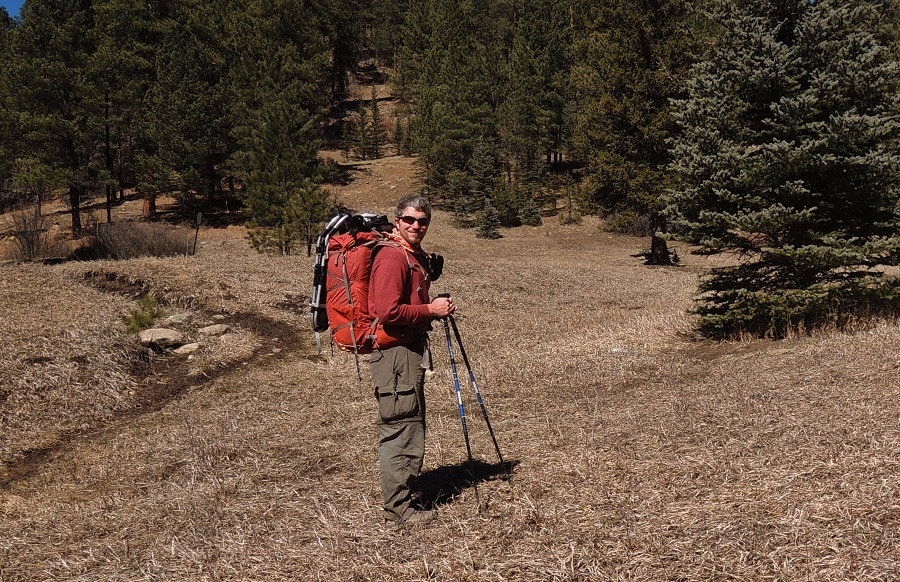
First thing’s first. Find a spot that offers you a large view of the river so you can assess your options and search for a proper crossing place, like:
- A few narrow streams of water your rivers breaks into. A wide stretch of water is more dangerous that a few channels, because you may not be able to make it in just one crossing.
- A visible bank of sand or some other protruding natural bridge. Try to cross the river upstream from this bridge, because if there’s a strong current you’ll be taken to the bridge instead of at large.
Try to stay away from things like:
- Natural bridges made from rocks, because they usually appear along a rapid.
- Waterfalls
- Deep channels.
- Slippery rocks gathered one place.
- Estuaries with tides and currents.
- Eddies that can pull someone below the surface.
Basically, it’s better to make sure that you can remain steady and not be pulled under or pushed by currents instead of looking for shallow water. Counterintuitively, shallow water can in fact be very dangerous because it runs faster and it has a lot of slippery rocks. So if you’re a good swimmer, deeper water can sometimes be a safer bet.
Unless the water is freezing cold, at which point improvising a raft or simply not crossing the river is the way to go.
Keeping Your Cool
Your mind can play a lot of tricks on you if you’re not careful, so no matter how many skills you have, you should also be able to face any psychological challenges that may arise. That’s because the desire to live far outweighs any tactical knowledge you can learn, seeing as surviving means tackling stress.
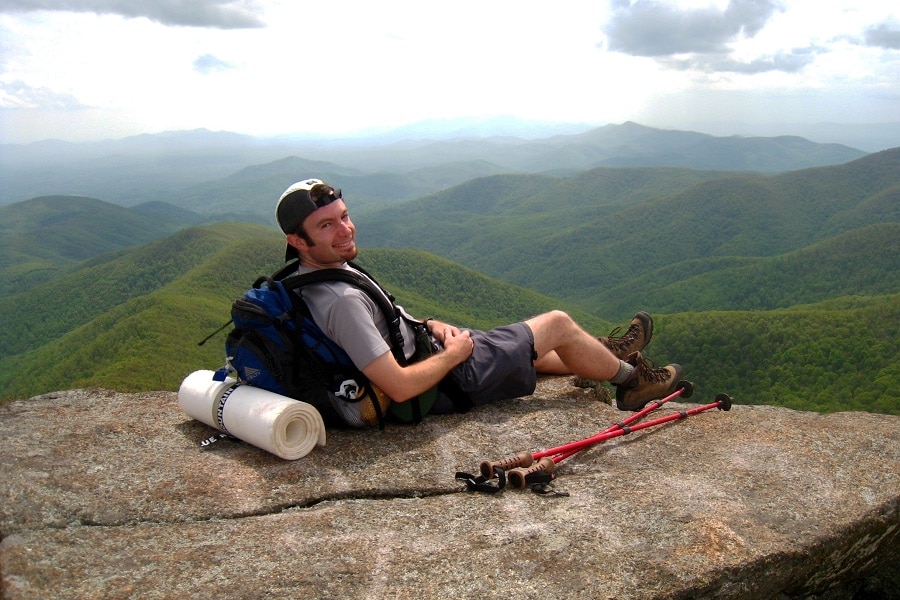
If you let your emotions get the better of you and ruin your judgment, you can become very indecisive, which hinders your chances. So you need to control negative feelings like:
- Anger.
- Anxiety.
- Depression.
- Fear.
- Frustration.
- Guilt.
- Loneliness.
First of all, they’re all normal because human beings aren’t made to live on their own. The key is to pay attention to them, know when they’re coming and use them to your advantage.
Take fear for example. Fear is only destructive if you let it paralyze you. But it can also be regarded as a beneficial factor that helps keep you safe and vigilant, always looking for additional solutions to improve your circumstances.
So controlling your emotions, using them to better understand and conquer your environment is the way to go. However, having a survival attitude requires some amount of preparation beforehand, which involves:
Knowing your strengths
If you know what you’re good at, you can count on these qualities and use them in your favor.
Knowing your weaknesses
Everybody has flaws. If you’re not good at swimming for instance, don’t throw yourself in the deepest river as a first solution, but try to find other means of survival.
Making fear work for you
As we’ve said before, fear is natural and there’s not a soul out there who feels courageous at all times. Preparedness means dealing with scary situations before they occur, so it’s a good idea to take into account the bad things which scare you and upon which you can stumble in the wilderness.
Say you’re afraid of not being able to last without food; train yourself in the art of fasting. Or you’re scared you’re not fast enough; endurance training is always a good solution to improve speed by increasing resistance.

Whatever your fear may be, you can find a way to work against it if you accept your weaknesses and constantly improve yourself.
Being grounded
It’s nice to keep a positive view on things, because that helps with potential anxiety or depression. Besides, it helps you see that everything around you has the potential of being useful, if you’re creative enough or patient enough to look for the right solutions.
[the_ad_group id=”23″]
On the other hand, there’s a difference between a hopeless optimist and a realist. The wilderness is not the proper environment to be a believer in the impossible things. You have to take into account all possibilities and make accurate evaluations so that the worst doesn’t take you by surprise.
What Should You Take Out of This?
Every topic we’ve dealt with in this article is meant to prepare you to some extent for some of the basics things you should encounter in the wild. Surviving depends on mental strengths as well as on your other knowledge and abilities, but the good news is that you can constantly work on yourself.
As a matter of fact, that’s the most important thing you can take out of this article: surviving equals a permanent bettering, in order for you to adapt, solve problems and live.
For more tips and tricks on basic survival skills, read our article on this to find out.

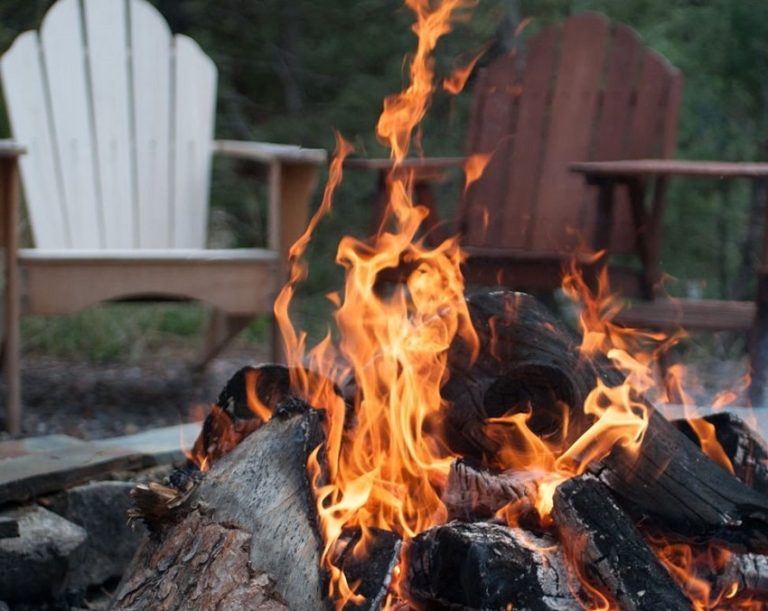

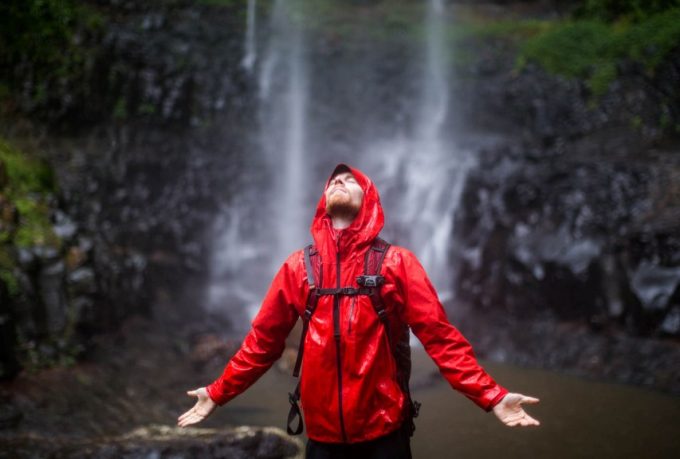



Our ancestors looked with amazement at people who are not able to survive in the forest, which for centuries nourished people. But today, the vast majority of tourists who find themselves in extreme conditions, able to die of hunger, passing by the lavishly-furnished table of forest foods. In fact, the most nutritious and simple protein food is right under the feet of any traveler. And for catching it does not need a gun or a knife. Enough shovels or, at worst, sticks for digging. This protein-rich food – earthworms. Of course this sounds disgusting, but if you want to survive, you will eat it for sure.
It is pretty fascinating how the human mind created a great process of perfecting tools for survival. From crude sticks and rocks, to axes and knives, to digital-support. If you can augment the basics of survival to the tools that we have now, you establish a survival-ready you.
If our ancestors were able to live without the stuffs that we have now, it is 100% possible that we can also do that. Our generation is used to luxury and being pampered that is why a lot of us doesn’t know the basic things. Some might be disgusted with people who eat stuffs found on the wilderness but you’ll never know what you can do when the desperate conditions happen. Nothing lasts forever so we better prepare for the worst.
The bottomline of it all is that our survival instincts were polished and refined as we develop into present-day humans. However, this refinement must be augmented with what we have now, from the convenience of the things that significantly improves our chances of survival, to the things that must be obtained and kept with us should the worst happens.